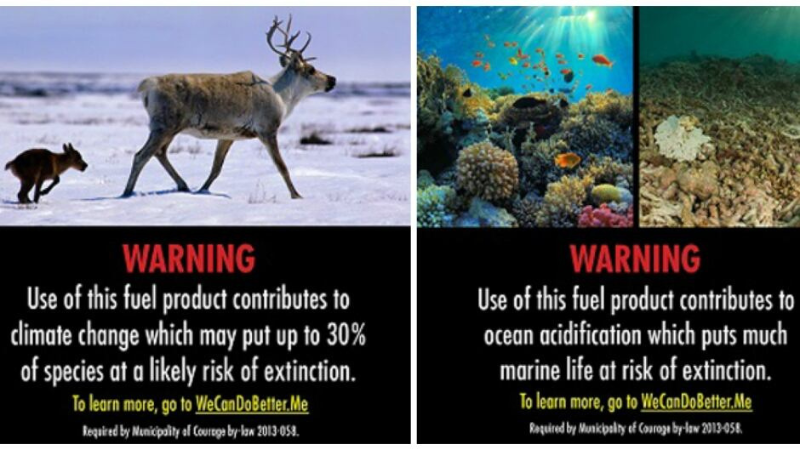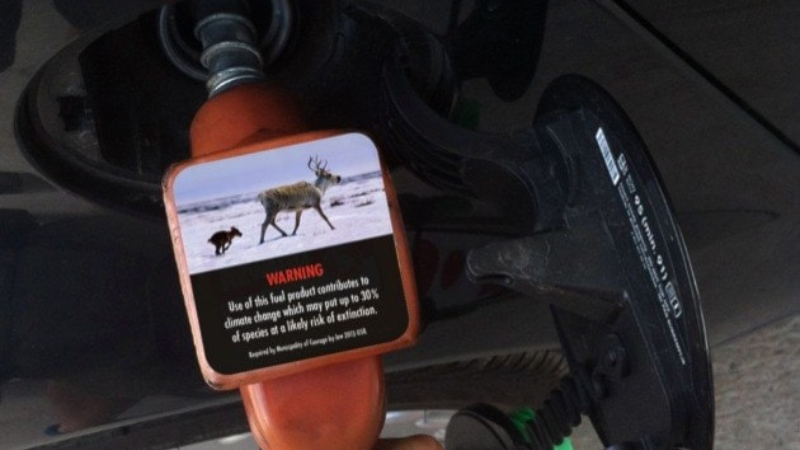
Promote Sustainable Consumer Behaviors by Harnessing the SHIFT Framework
What is the SHIFT Framework?
Social Influence
Social norms, identities, and desirability play pivotal roles in shaping behavior. Consumers often mimic the actions of others, especially when these actions are perceived as approved by their community.
Strategies
- Leverage social norms: Showcase how others are engaging in sustainable practices. For instance, campaigns can highlight, “80% of residents recycle regularly,” to normalize the behavior.
- Foster public commitments: Encourage consumers to make public pledges, such as signing sustainability challenges or displaying eco-friendly badges. Public accountability reinforces commitment.
- Target social identity: Align sustainability with desirable group identities. For example, promote eco-friendly products as a marker of being part of a progressive and responsible community.
Habit Formation
Habits are behaviors repeated automatically in response to cues. Since many unsustainable practices are habitual, changing these routines requires deliberate intervention.
Strategies
- Create disruption opportunities: Introduce sustainable options during moments of life change, such as moving homes or starting a new job. These transitions disrupt old habits, making it easier to establish new ones.
- Simplify sustainable actions: Reduce barriers to entry by making eco-friendly choices effortless. Examples include placing recycling bins in convenient locations or offering pre-packaged compost kits.
- Use prompts and rewards: Reinforce desired behaviors with reminders and incentives. For instance, apps can notify users to carry reusable bags and reward them with discounts for doing so.
Individual Self
Sustainable actions often require a trade-off: personal sacrifice for collective benefit. This tension can be mitigated by linking actions to individual identity and values.
Strategies
- Highlight personal benefits: Connect sustainability to personal gains, such as cost savings, improved health, or enhanced quality of life. For example, “Switching to LED lights saves you $100 annually.”
- Frame actions as moral choices: Emphasize the ethical dimension of sustainability. Campaigns can appeal to consumers’ values by showcasing how their actions protect future generations.
- Personalize messages: Tailor communications to resonate with individual motivations. Segment audiences based on values, such as environmentalism or frugality.
Feelings and Cognition
Emotions and cognitive processes profoundly influence decision-making. Positive feelings can motivate actions, while abstract concepts may hinder understanding.
Strategies
- Evoke emotions: Use storytelling and visuals to elicit pride, empathy, or love. For example, show how a purchase supports reforestation or helps vulnerable communities.
- Make impacts tangible: Translate abstract concepts into relatable analogies. Instead of “saving 3 million tons of CO2,” illustrate it as “preventing a landfill the size of Central Park.”
- Use visuals over text: People process images faster than words. Infographics showing the lifecycle of recycled products or the effects of sustainable choices can drive action.

Tide Coldwater Ad: If everyone in Chicago washed their laundry in cold water for just one day, the energy savings could be over 1.9 million kWh. Enough to power the lights for an extra-inning game at Wrigley Field lasting two months.
Tangibility
Sustainability often suffers from being intangible or long-term. Increasing the immediacy and visibility of benefits can spur action.
Strategies
- Localize impacts: Highlight immediate, local benefits of sustainable actions. For instance, “Using public transit reduces air pollution in our city.”
- Show progress: Provide feedback on the outcomes of sustainable behaviors. Smart meters that display energy savings in real-time motivate continued conservation.
- Use collective impact framing: Quantify and visualize how individual actions contribute to a larger movement, such as “Together, we saved enough water to fill 100 Olympic pools.”
Integrating the SHIFT Framework in Practice
- Identify barriers and drivers: Assess the primary and secondary obstacles to sustainable behavior in your target audience. For example, is the issue habit-related, or does it stem from social norms?
- Develop consistent messaging: Ensure all elements of your campaign align. Mixed messages, such as emphasizing both intrinsic and extrinsic rewards, can backfire.
- Test and adapt: Conduct field experiments to evaluate the effectiveness of your interventions. Refine strategies based on feedback and outcomes.
Case Studies: SHIFT in Action
A campaign encouraging grasscycling (composting grass clippings) addressed social norms and personal benefits. Door hangers emphasized community participation (“Your neighbors are grasscycling”) and individual advantages (“Grasscycling improves your lawn’s quality”). The dual focus increased adoption rates.
Example 2: Gasoline Warning Labels
To reduce gasoline consumption, a nonprofit proposed warning labels on gas pumps. These labels combined social influence (communicating social disapproval of excessive driving) and tangibility (showing local environmental impacts). The approach demonstrated the power of targeting multiple SHIFT factors.


Final Thoughts
Sustainability is a shared journey. Marketers have the unique opportunity to inspire collective progress while achieving business goals. Start incorporating the SHIFT framework into your strategies today and be part of the movement toward a greener tomorrow.
